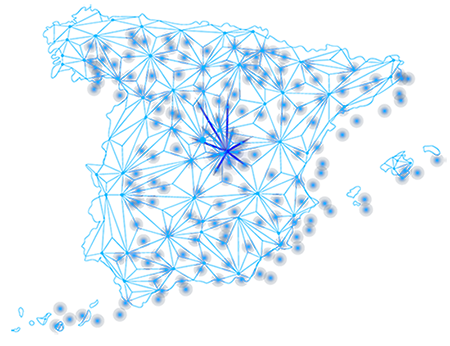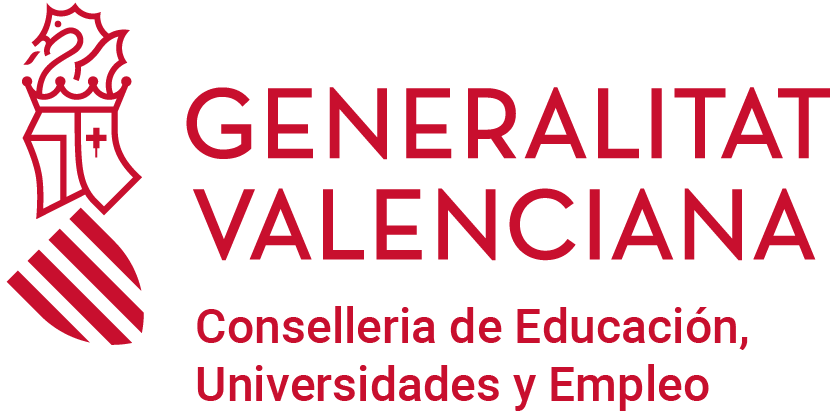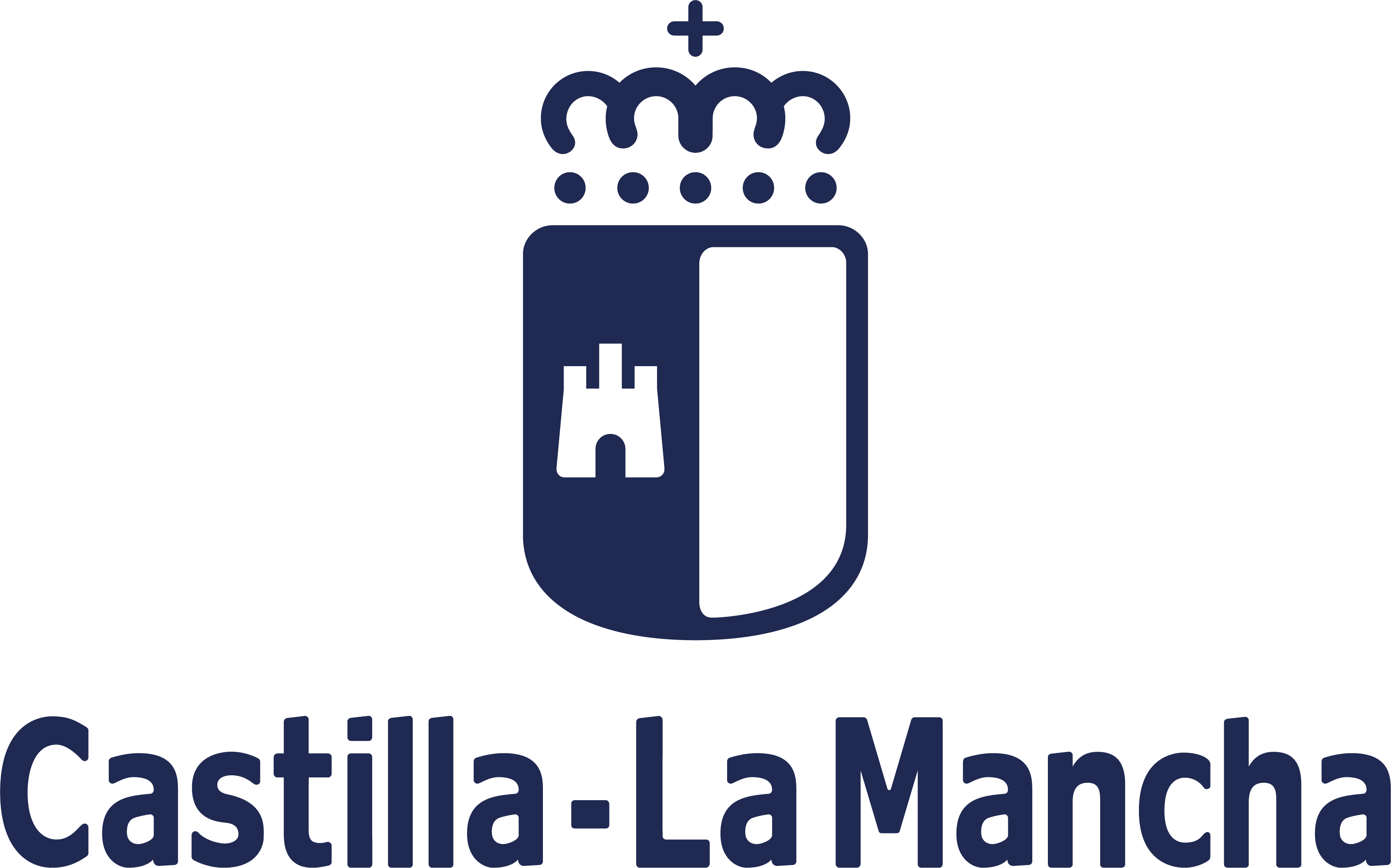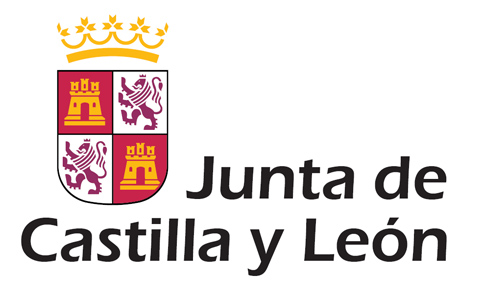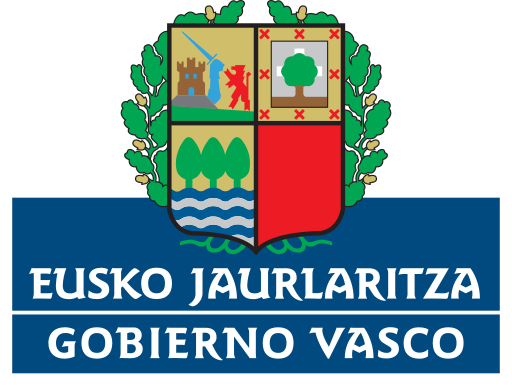The Advanced Materials Programme brings together 7 regions (Aragón, Cataluña, Castilla-León, Comunidad Valenciana, Madrid, País Vasco and Castilla-La Mancha) with the commitment to integrate and promote research and innovation in Advanced Materials in these regions. The programme will involve the main research and innovation actors located in these regions. A joint R&D&I strategy in Advanced Materials is proposed with the following objectives:
I. To consolidate R&D&I activity in this area of interest, supporting scientific leadership in strategic lines and boosting collaboration between the participating regions regions through a master research programme, the generation and attraction of talent and the reinforcement of existing scientific infrastructures.
II. Foster synergies between research centres, technology centres and companies to accelerate innovation and technological development and contribute to job creation.
II. Foster synergies between research centres, technology centres and companies to accelerate innovation and technological development and contribute to job creation.
Two types of interconnected actions will be developed:
• Research actions: It is proposed to study nanomaterials with advanced functionalities, including, among others, graphene and other 2D materials, smart materials and nanostructured materials that may have direct application in strategic sectors such as energy, environment, electronics, ICTs or health. This study is framed within Materials Science and includes the following aspects:
• Integration and collaboration actions. Actions are proposed for visibility and dissemination, training and joint research and innovation. All these actions have been grouped into a single line of action (Line 4).
i) Ddesign, preparation and processing of materials and devices;
ii) Study of their physical and/or chemical properties by means of experimental techniques and theoretical modelling;
iii) Development of applications.
These actions have been divided into 3 lines of action: ii) Study of their physical and/or chemical properties by means of experimental techniques and theoretical modelling;
iii) Development of applications.
1) Graphene and other 2D Materials
2) Materials for Energy
3) Intelligent materials with advanced functionalities.
2) Materials for Energy
3) Intelligent materials with advanced functionalities.
• Integration and collaboration actions. Actions are proposed for visibility and dissemination, training and joint research and innovation. All these actions have been grouped into a single line of action (Line 4).
Line of Action 1 (LIA 1): Graphene and other two-dimensional materials.
The discovery of graphene has made 2D materials one of the most important focuses of research in Materials Science today. This Programme aims to consolidate the international presence of the Spanish community in this strategic line, reinforcing it with the human and material resources necessary to develop a multidisciplinary research on these advanced materials that will multidisciplinary research on these advanced materials, covering from the new physics arising at the 2D limit to the chemical design and controlled and scalable production of new 2D materials and heterostructures with a view to their applications. It is composed of the following sub-lines:
• LIA 1.1. Study of emerging physical properties arising at the 2D boundary.
• LIA 1.2. Application of chemistry to the development of 2D materials.
• LIA 1.3. Development of applications based on 2D materials.
• LIA 1.2. Application of chemistry to the development of 2D materials.
• LIA 1.3. Development of applications based on 2D materials.
Line of Action 2 (LIA 2): Materials for Energy.
The aim is to research, develop and integrate key innovative materials and processes in the energy transition towards a green and resilient economy, promoting technologies of interest to the industrial sector in which a high level of development has been achieved, or is intended to be achieved, and opening up new processes for the capture and valorisation of CO2. It is composed of the following sub-lines:
• LIA 2.1. Development of materials for the generation of renewable energies.
• LIA 2.2. Development of materials for energy storage.
• LIA 2.3. Advanced processes for the capture, elimination and valorisation of anthropogenic CO2.
• LIA 2.4. Technologies for advanced characterisation of materials for energy analysed under working / in situ / in operando conditions.
• LIA 2.5. High performance computational (HPC) methods for characterisation of materials/devices.
• LIA 2.2. Development of materials for energy storage.
• LIA 2.3. Advanced processes for the capture, elimination and valorisation of anthropogenic CO2.
• LIA 2.4. Technologies for advanced characterisation of materials for energy analysed under working / in situ / in operando conditions.
• LIA 2.5. High performance computational (HPC) methods for characterisation of materials/devices.
Line of Action 3 (LIA 3): Smart materials with advanced functionalities.
To design materials with advanced functionalities - in particular materials that respond to external stimuli - and serve as a basis for developing applications to meet social needs. In particular, this line will focus on four areas: i) Information and Communication Technologies (materials for efficient manufacturing of electronic components, new concepts for information storage and processing, optimised sensing, etc.), ii) Health (biomaterials to increase and improve life expectancy and quality of life), iii) Mobility and iv) Habitat and Environment. It is composed of the following sub-lines:
• LIA 3.1. Functional materials for ICTs.
• LIA 3.2. Materials for biomedical applications.
• LIA 3.3. Multifunctional and intelligent materials and devices for sustainable mobility.
• LIA 3.4. Intelligent materials for habitat and environment.
• LIA 3.2. Materials for biomedical applications.
• LIA 3.3. Multifunctional and intelligent materials and devices for sustainable mobility.
• LIA 3.4. Intelligent materials for habitat and environment.
Action Line 4 (LIA 4): Integration and Collaboration Actions.
The aim is to promote collaboration and synergies between the different actors involved in R&D&I in Advanced Materials (research groups and centres, technology centres, companies, universities and PRIs, regional administrations, etc.), both at the level of each region and between regions through joint actions that give visibility to this scientific-technological community (LIA4.1), that train new generations of scientists (LIA4.2), that encourage research and innovation in this strategic area (LIA4.3) and that disseminate knowledge and transfer it to the productive sector (LIA4.4). It is made up of the following sub-lines:
• LIA 4.1. Visibilisation.
• LIA 4.2. Training.
• LIA 4.3. Research and innovation.
• LIA 4.4. Dissemination.
• LIA 4.2. Training.
• LIA 4.3. Research and innovation.
• LIA 4.4. Dissemination.



